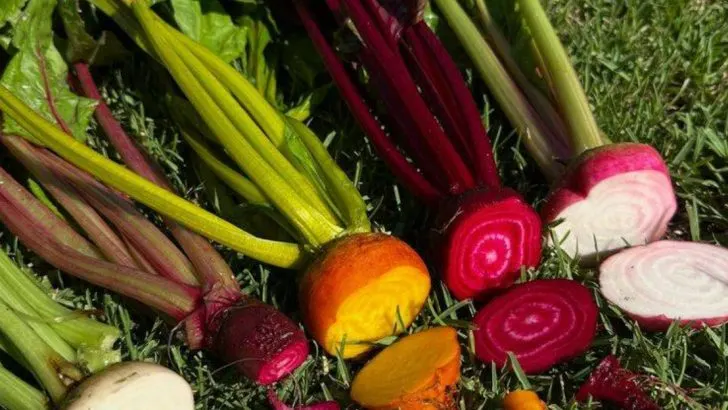Your garden could be your strongest ally—literally. Forget the supplements and the chalky vitamins. You can grow your iron right out of the dirt, fresh, crunchy, and alive with flavor. These veggies aren’t just green—they’re fierce. They help power your blood, boost your energy, and make your meals feel like magic spells in a bowl. And guess what? You don’t need a farm. Just a bit of space, a dash of patience, and the will to grow food that packs a punch. From leafy powerhouses to surprise superstars, these 18 high-iron veggies are more than good for you—they’re garden rockstars. Dig in, get your hands dirty, and plant your way to strength.
Spinach
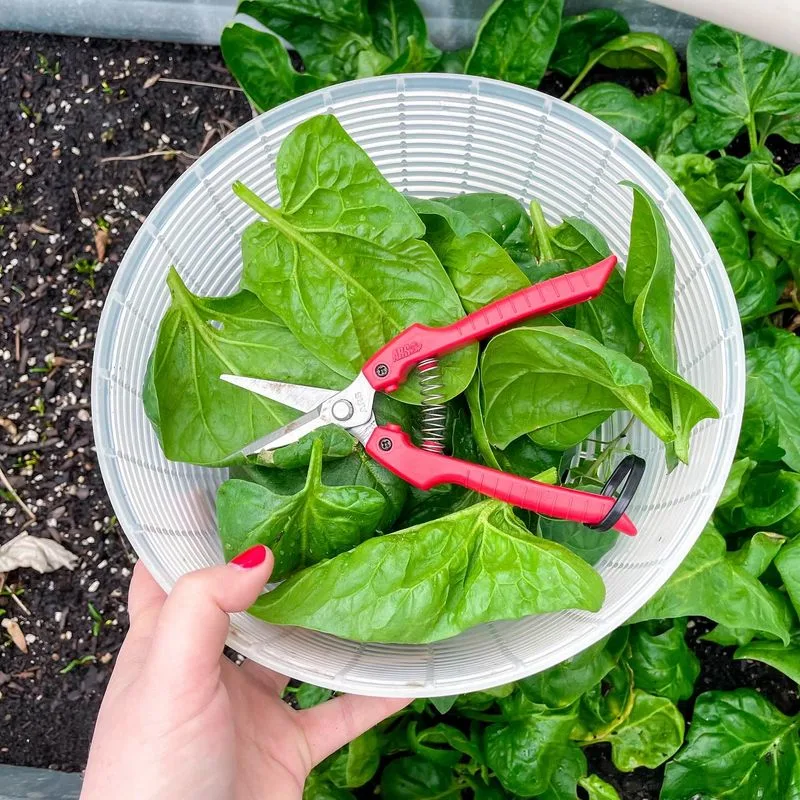
Spinach, renowned for its nutrient-rich profile, is a staple in many gardens. Its tender leaves offer not only flavor but also an iron punch.
Easy to grow, spinach thrives in cooler weather, making it perfect for early spring or fall planting. Regular watering and partial shade will yield the best results.
Did you know? Spinach gained fame in the 20th century through Popeye, who used it to boost his strength. Whether in salads or sautéed, spinach remains a versatile and beloved vegetable.
Swiss Chard
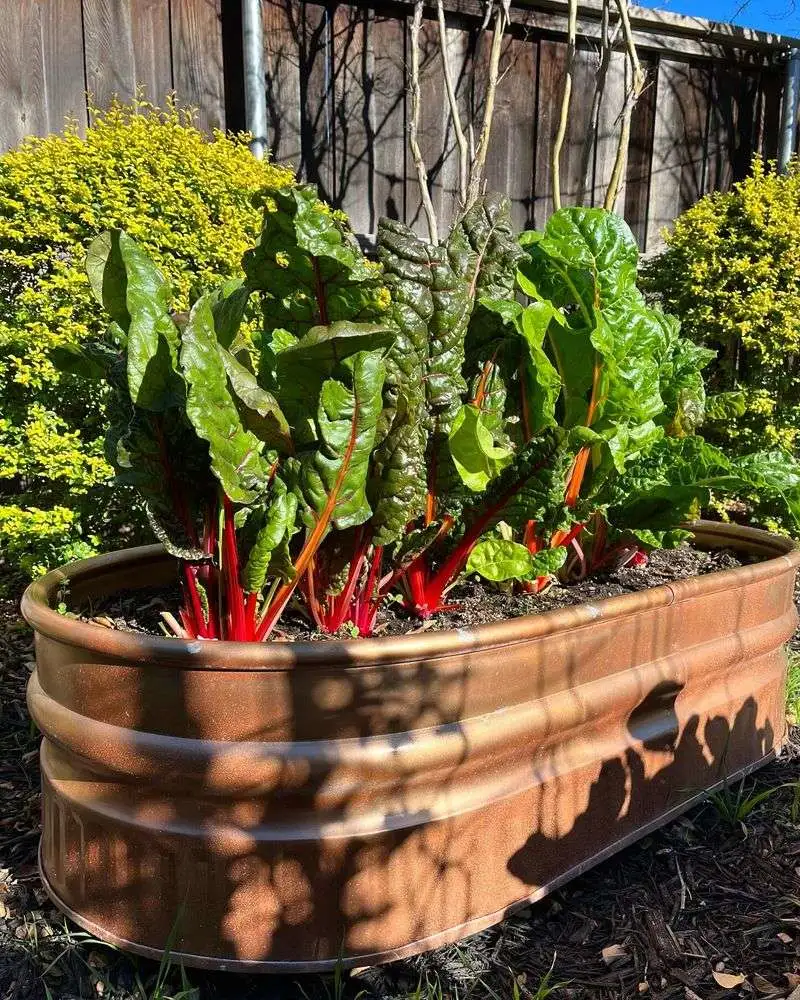
Swiss chard stands out with its vivid stems and large, crinkled leaves. This eye-catching plant is more than just a pretty face; it’s packed with iron.
Chard’s resilience to heat makes it a versatile addition to gardens, thriving through various seasons. Regular harvesting of outer leaves encourages new growth.
A fun fact: Swiss chard is not Swiss at all. It hails from the Mediterranean and has been cultivated for centuries. Its mild flavor complements a variety of dishes.
Kale
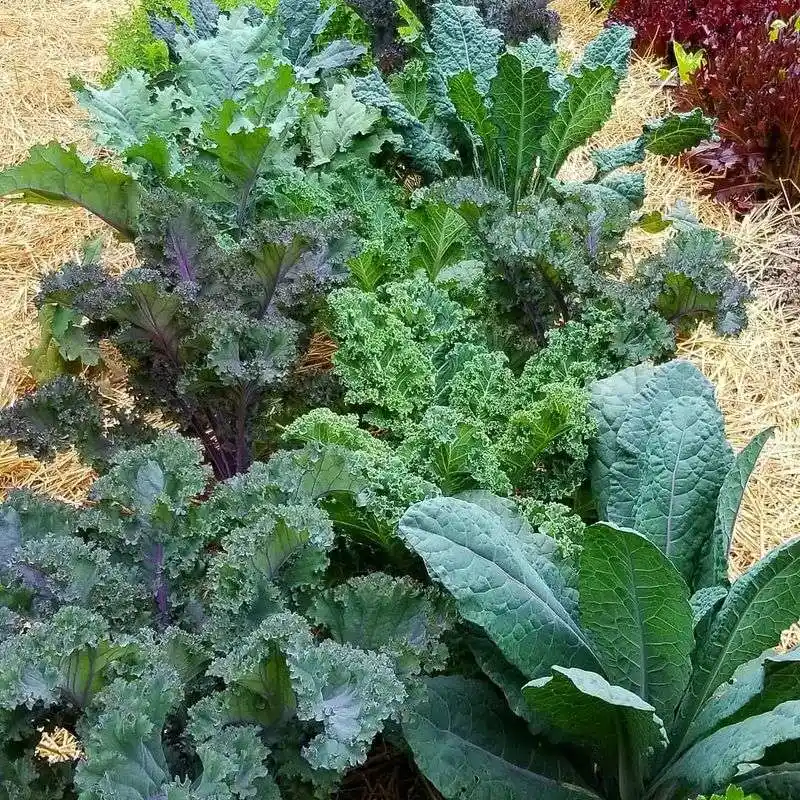
Kale, often hailed as a superfood, is a powerhouse of nutrients, especially iron. Its robust leaves are perfect for smoothies, salads, and chips.
Resilient and frost-tolerant, kale can be grown almost year-round. Keep the soil moist, and watch these leafy greens flourish.
Did you know? Kale has been cultivated for over 2,000 years and was a staple in the diets of ancient civilizations. Its popularity continues to grow as people discover its health benefits.
Collard Greens

Collard greens, with their hearty, broad leaves, are a Southern favorite known for their rich iron content. These greens are perfect for wraps, braises, and stews.
Growing collards is straightforward: they thrive in full sun and rich, well-drained soil. Regular harvesting encourages more leaves to grow.
Interestingly, collard greens are related to cabbage and have been grown for thousands of years, providing nourishment and flavor to countless generations.
Beet Greens
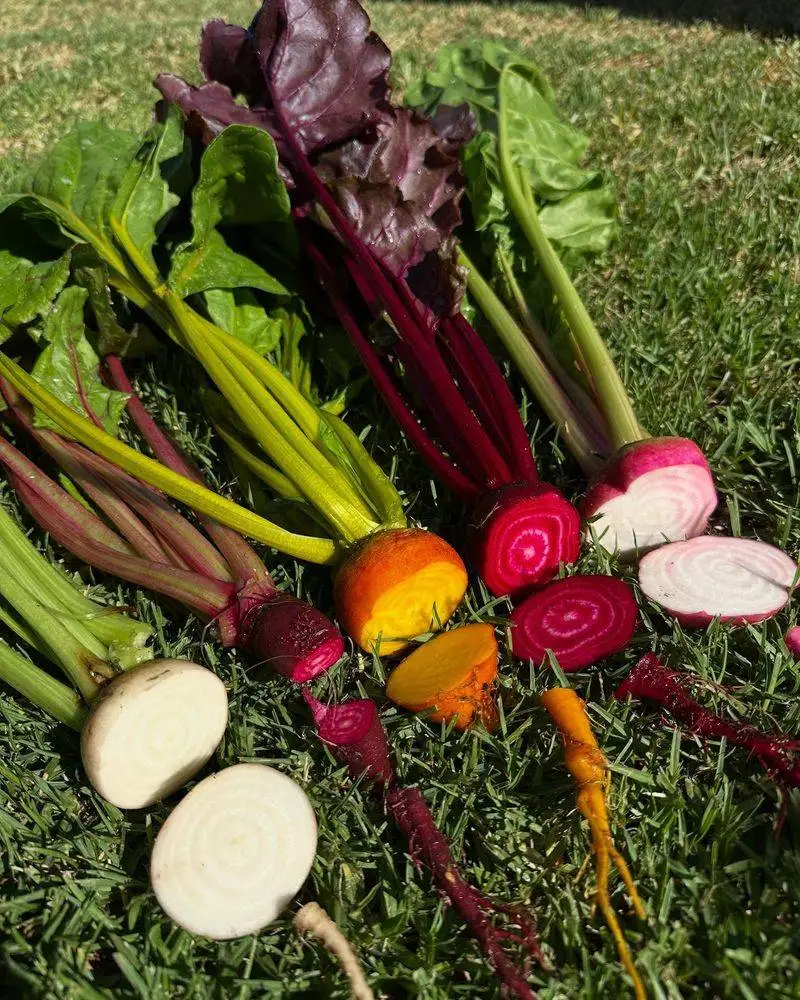
Often overlooked, beet greens are a hidden treasure of iron and nutrients. Their tender leaves can be used much like spinach or chard.
Beet greens flourish in well-drained soil with plenty of sunlight. Regular thinning ensures healthy growth and bulb formation.
Fun fact: Historically, beets were primarily cultivated for their leaves rather than roots. Today, many gardeners appreciate both, enjoying the full bounty of the plant.
Broccoli

Broccoli is a beloved vegetable, renowned for its rich flavor and nutritional benefits, including iron. Its dense florets are perfect for steaming, roasting, or raw snacks.
Broccoli enjoys cooler temperatures and consistent watering. With patience and care, these plants will reward you with bountiful heads.
Did you know? Broccoli is a human invention, developed through careful breeding practices. Its unique taste and texture make it a favorite in cuisines worldwide.
Mustard Greens
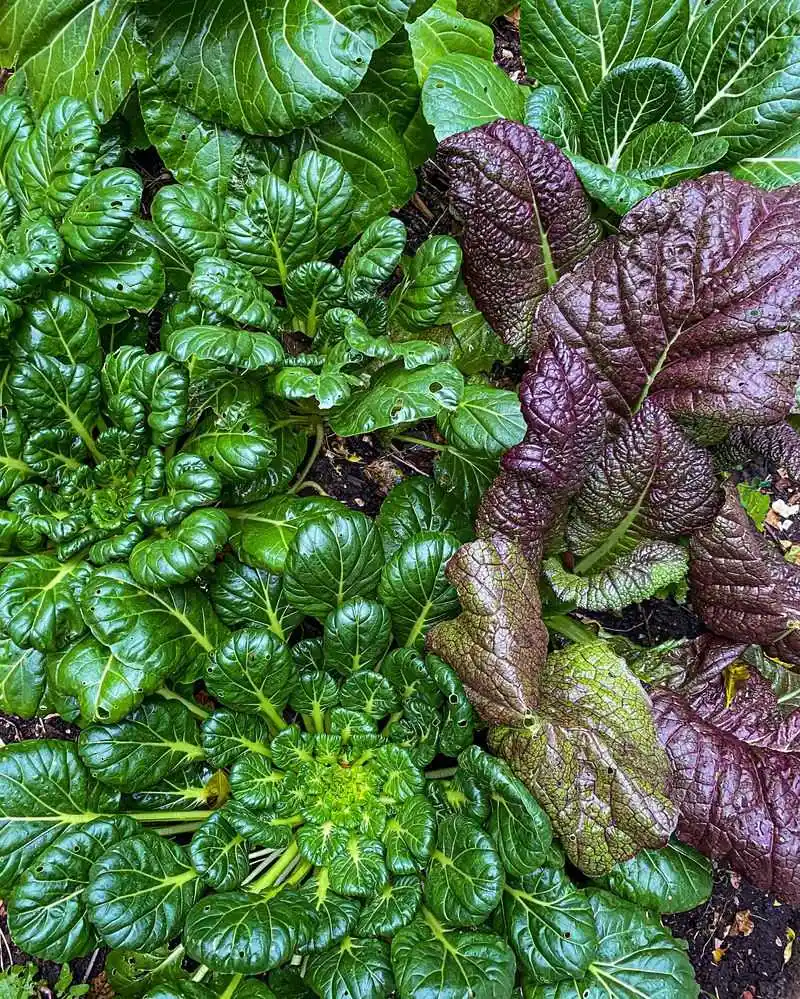
Mustard greens bring a peppery zing to the table, along with a generous helping of iron. Their distinct flavor adds depth to salads and stir-fries.
These greens thrive in cool weather and benefit from rich, organic soil. Regular harvesting keeps them tender and flavorful.
An interesting tidbit: Mustard greens have been cultivated for thousands of years, with roots tracing back to India. Their historical culinary importance continues to shine today.
Turnip Greens
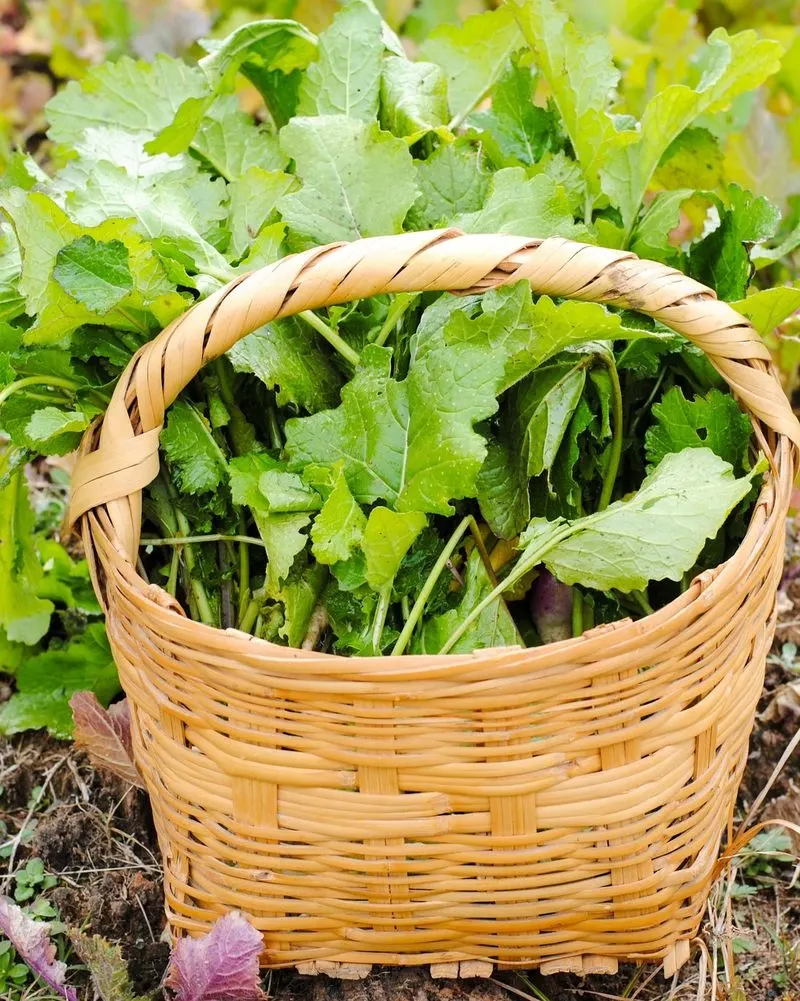
Turnip greens, often overshadowed by their root counterpart, are a rich source of iron and vitamins. Their slightly bitter leaves are perfect for cooking.
Grow turnip greens in well-drained soil with ample sunlight. They’re quick to mature, providing a fast harvest for eager gardeners.
Fun fact: Turnips and their greens have been cultivated since ancient times, feeding civilizations and soldiers alike. Their adaptability makes them a garden staple.
Bok Choy
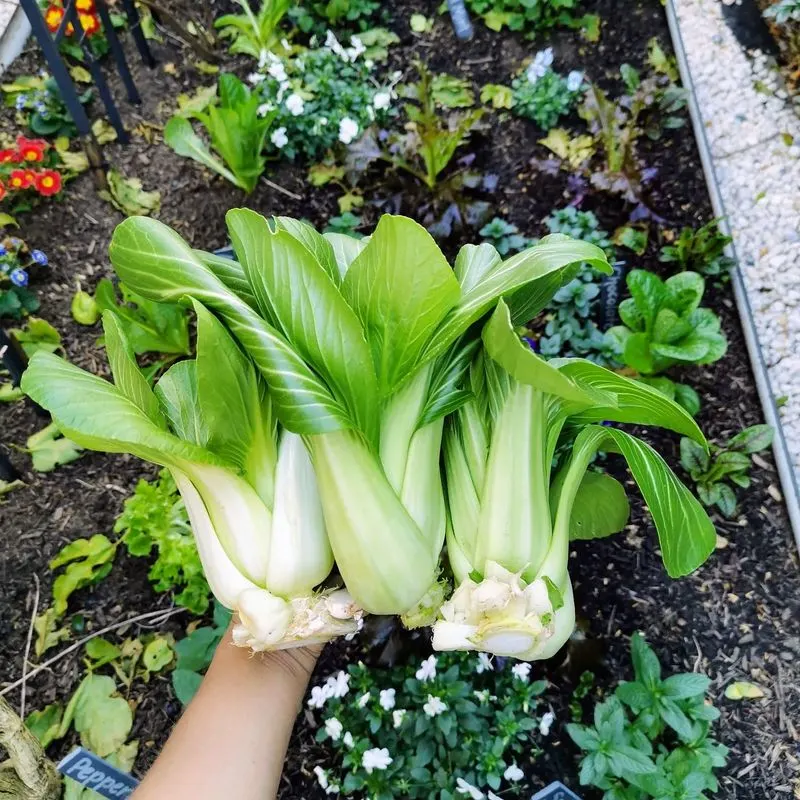
Bok choy, a staple in Asian cuisines, offers not only a delightful crunch but also essential nutrients like iron. Its crisp texture enhances stir-fries and soups.
This vegetable flourishes in moderate temperatures and requires consistent moisture to thrive. Space plants adequately to allow full growth.
Did you know? Bok choy has been a part of Chinese agriculture for over 1,500 years, contributing to its rich culinary tradition. Its versatility and flavor are celebrated worldwide.
Dandelion Greens
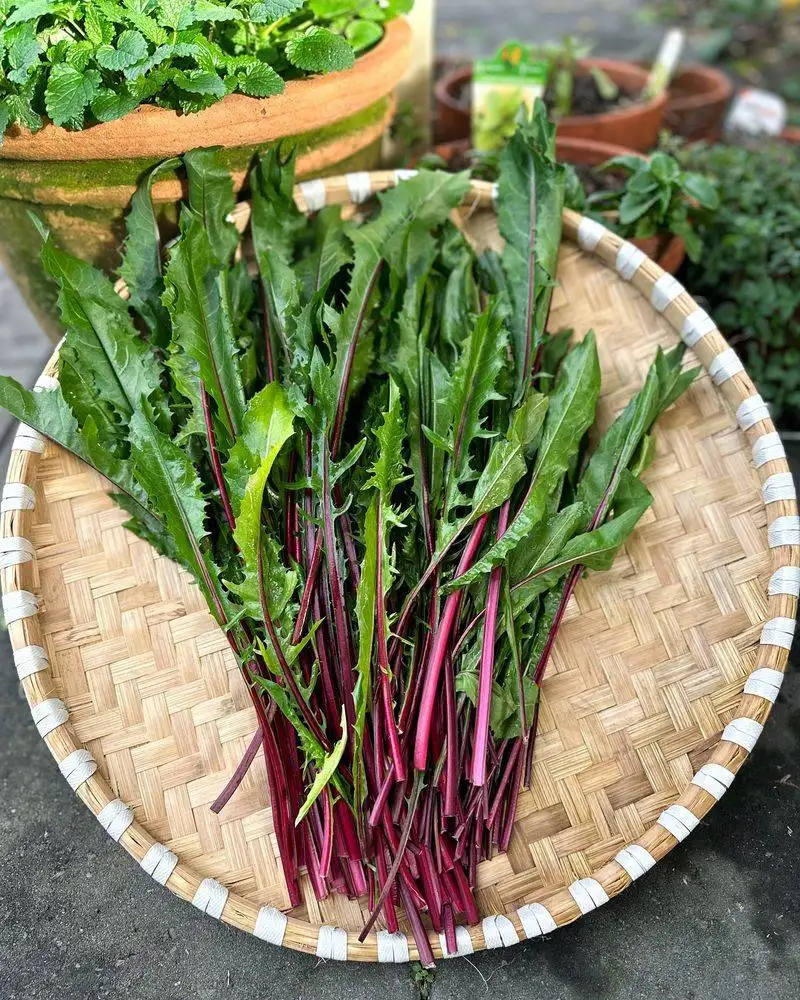
Often considered a weed, dandelion greens are surprisingly nutritious, packed with iron and vitamins. Their slightly bitter flavor is excellent in salads.
They are easy to cultivate and even easier to forage. Ensure they grow in clean, chemical-free soil to enjoy their full benefits.
Historically, dandelions have been valued for their medicinal properties and culinary applications. Their resilience and flavor continue to endear them to adventurous gardeners.
Arugula
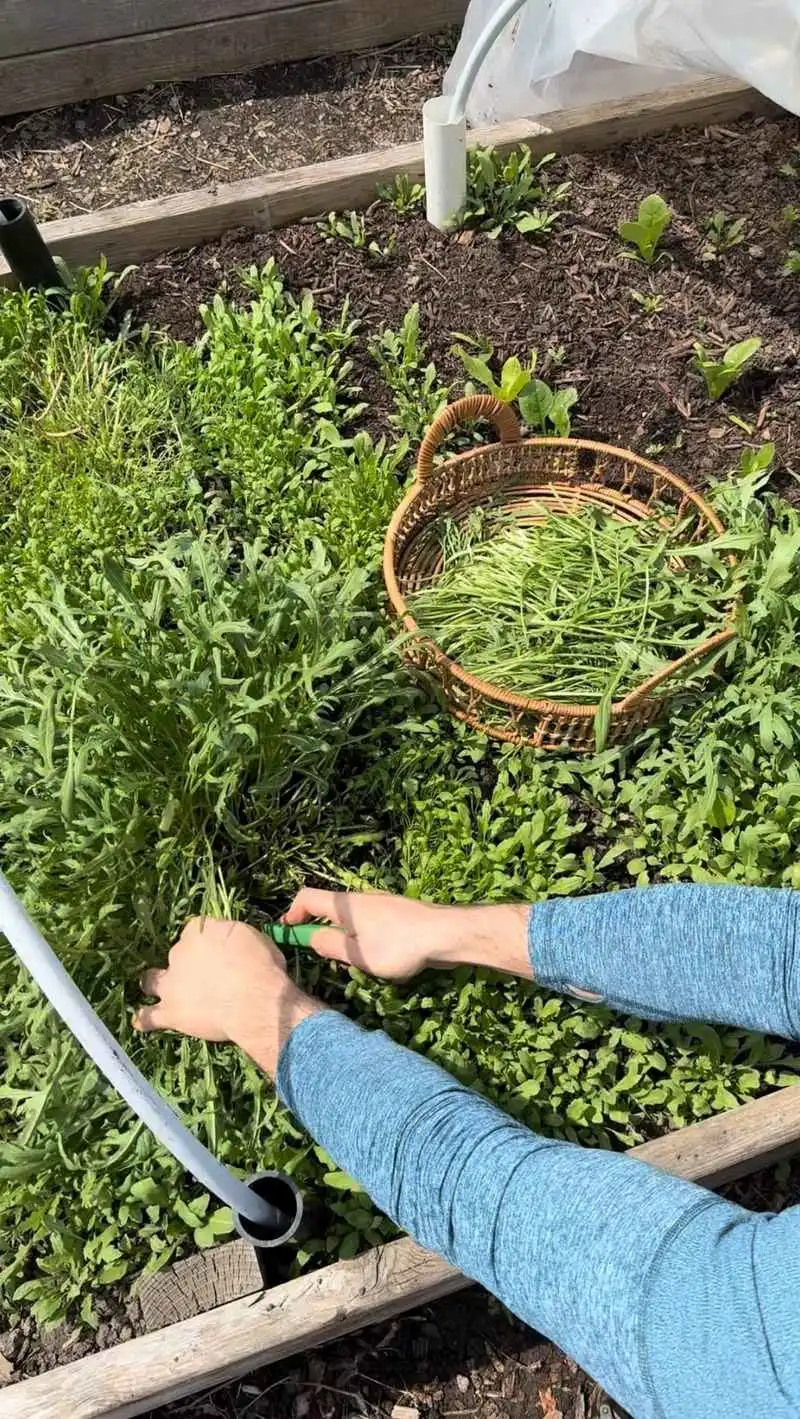
Arugula, known for its peppery punch, adds a spicy kick to dishes while providing ample iron. Its distinct taste is perfect for salads and garnishes.
Arugula thrives in cool weather and benefits from regular watering. Fast-growing, it offers quick rewards for gardeners.
Did you know? Arugula has been enjoyed since Roman times, often featured in ancient medicinal and culinary texts. Its popularity endures today, celebrated by chefs and home cooks alike.
Watercress
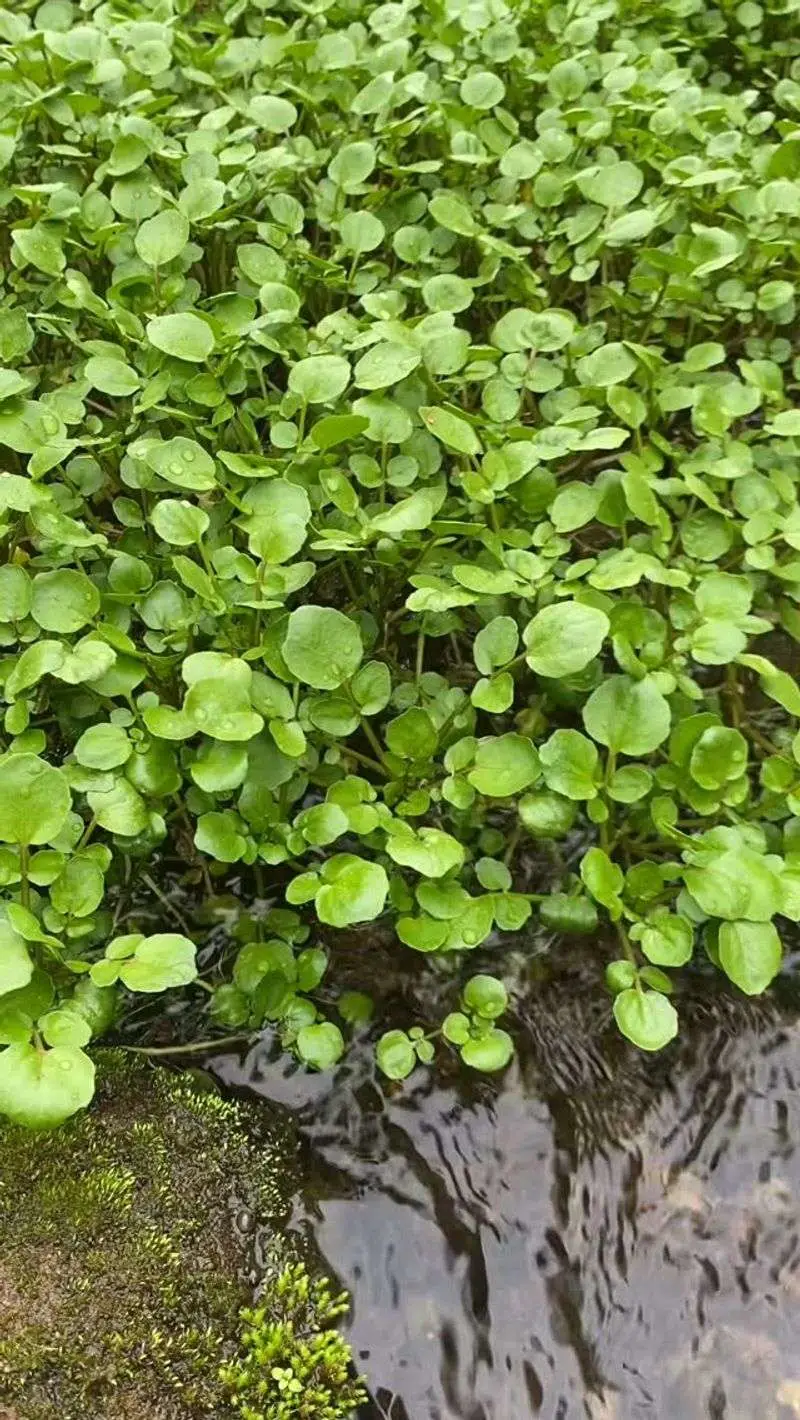
Watercress, with its peppery flavor and high iron content, is a refreshing addition to any garden. Its small, tender leaves are ideal in salads and sandwiches.
This semi-aquatic plant thrives in moist conditions, often found near streams or in water gardens. Regular trimming encourages new growth.
Historically, watercress was a staple in the diet of British laborers, earning it the nickname “poor man’s bread.” Today, it’s treasured for its unique taste and health benefits.
Parsley
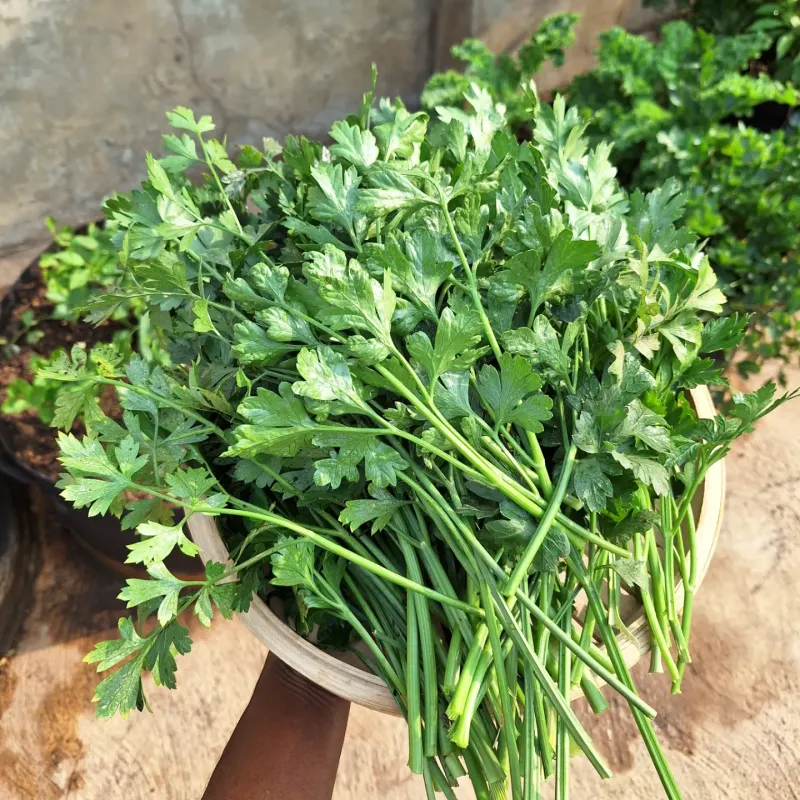
Parsley, more than just a garnish, is a powerhouse of nutrients, including iron. Its bright, fresh flavor enhances a variety of dishes.
This herb grows well in pots or garden beds, enjoying full sun and well-drained soil. Frequent harvesting promotes bushy growth.
A quirky fact: In ancient times, parsley was used in ceremonial rites and as a token of victory. Today, it continues to grace plates around the world.
Amaranth Leaves
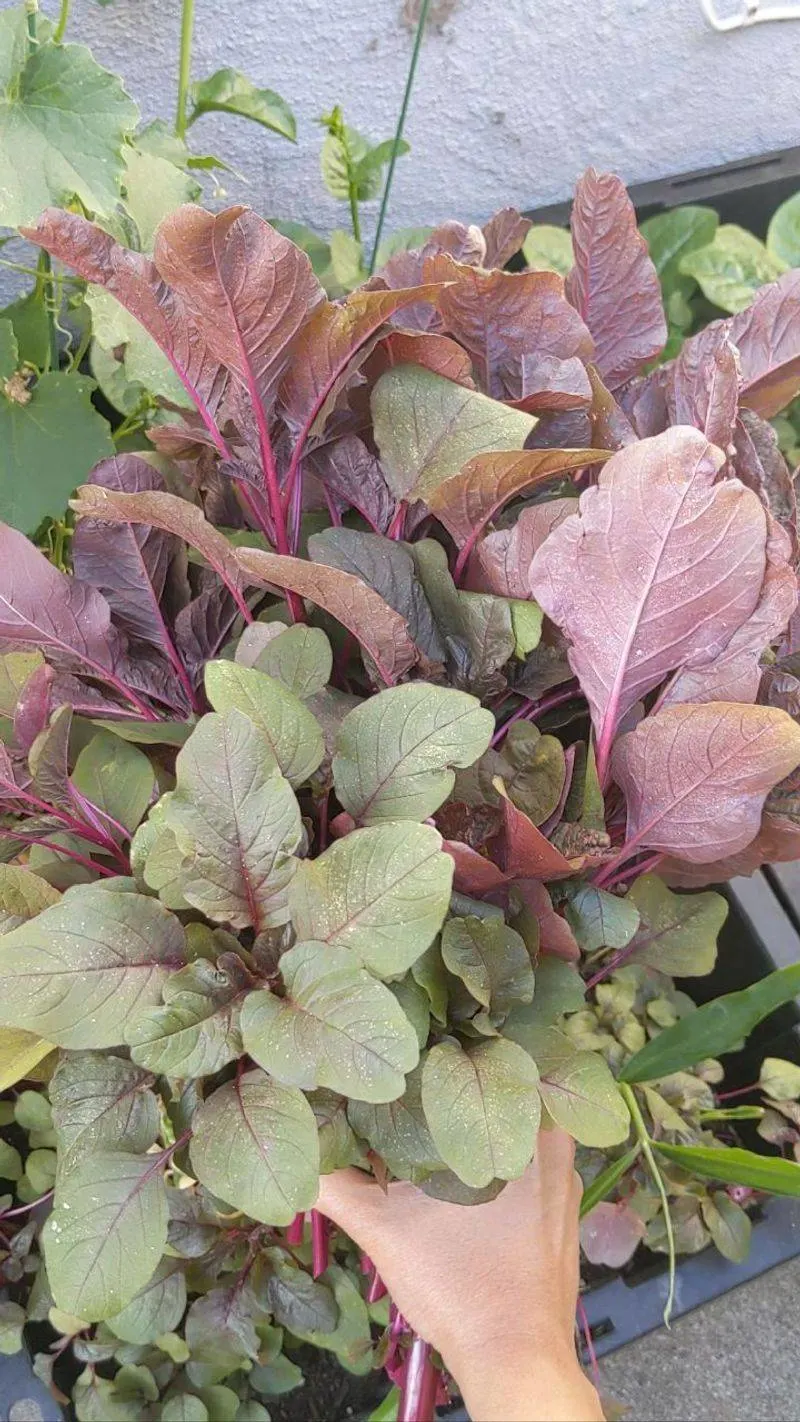
Amaranth leaves, often overshadowed by their grain counterpart, pack a powerful nutritional punch with high iron content. Their tender leaves are perfect for soups and stews.
These plants are heat-tolerant and thrive in full sun, making them ideal for summer gardens. Regular harvesting encourages lush growth.
Historically, amaranth was a staple in Aztec diets, revered for its sustenance and cultural significance. Its legacy continues as a nutritious and versatile garden addition.
Nettle
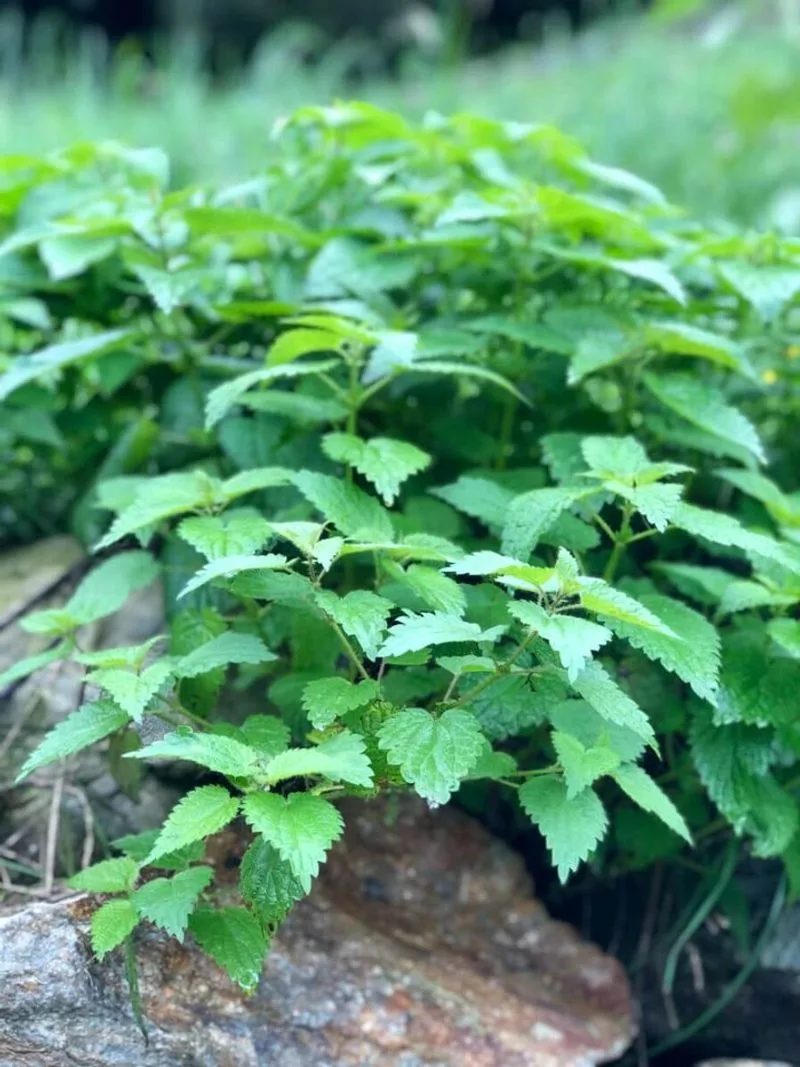
Nettles, known for their sting, are a surprising source of iron and nutrients. Once cooked, they lose their sting and add a rich, earthy flavor to dishes.
These hardy plants thrive in rich, moist soil and can often be found growing wild. Always harvest with gloves to avoid their sting.
Fun fact: Nettles have been used for centuries in folk medicine and as a nutritious food source. Their resilience and versatility make them a unique addition to gardens.
Peas
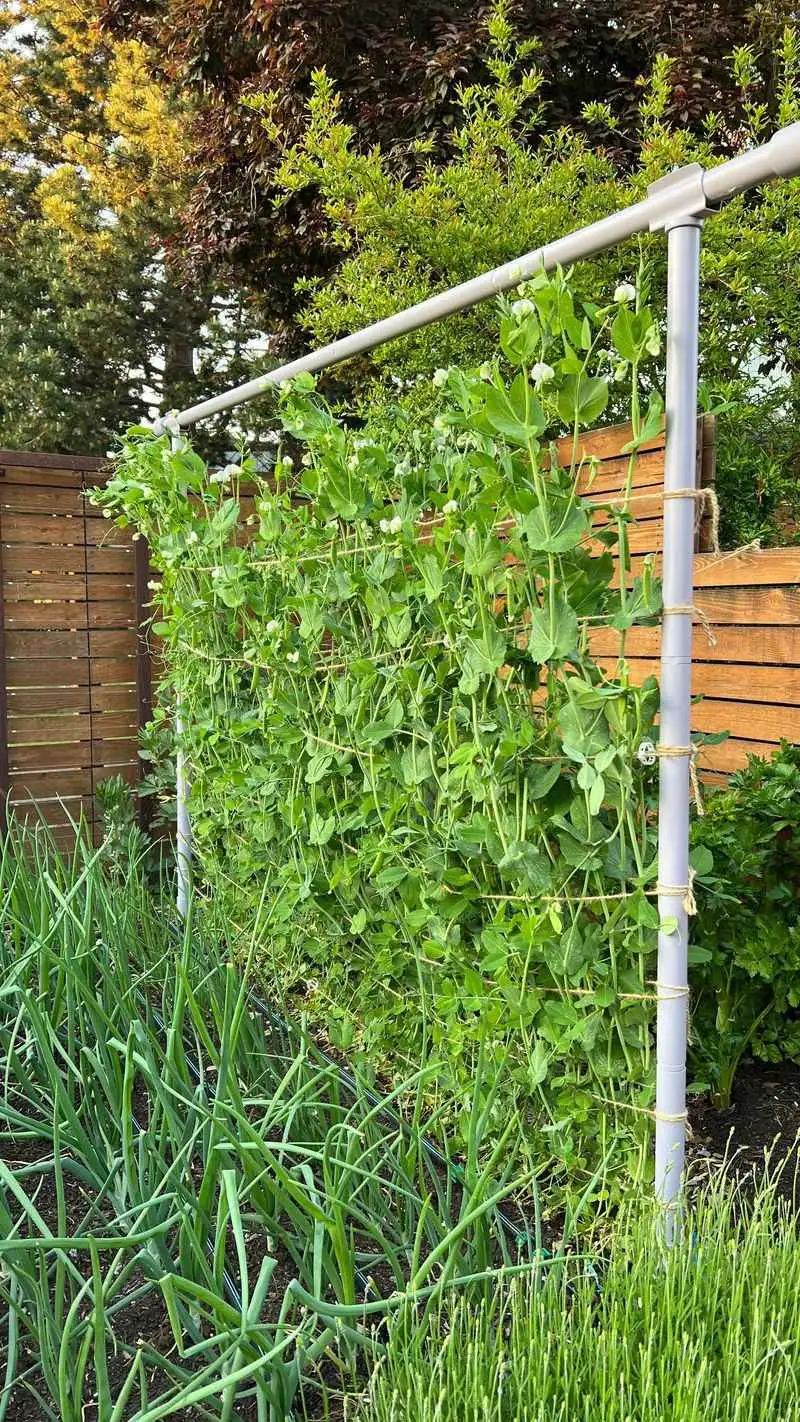
Peas, with their sweet flavor and nutritional benefits, including iron, are a favorite among gardeners and cooks. Their plump pods are perfect for snacking and cooking.
Peas thrive in cooler weather and benefit from support, like a trellis, to climb. Regular picking encourages more pods to develop.
Did you know? Peas have been cultivated since ancient times, symbolizing prosperity and abundance. Their sweet taste and versatility continue to delight palates worldwide.
Fennel
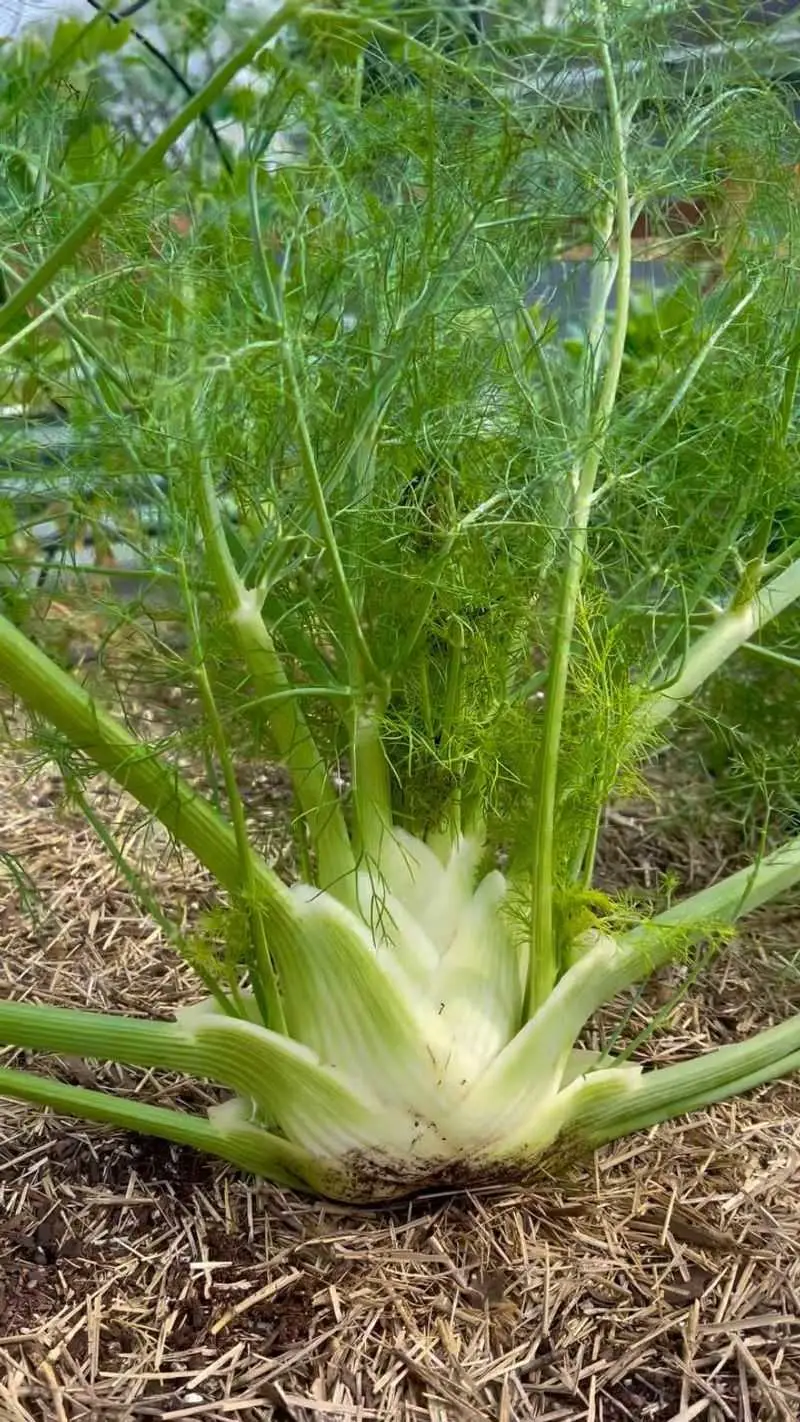
Fennel, with its distinct anise flavor, offers a delicious way to boost iron intake. Its crunchy texture and bright taste enhance salads and roasted dishes.
This plant prefers sunny locations with well-drained soil. Regular watering ensures healthy growth and bulb formation.
Historically, fennel has been used for its medicinal properties and culinary applications since ancient Greece. Its unique flavor and benefits keep it a cherished garden staple.
Rhubarb

Rhubarb, often associated with desserts, is a surprising source of iron. Its tart stalks add a distinctive flavor to pies and jams.
This perennial plant thrives in cooler climates and requires rich, well-drained soil. Harvest stalks regularly for continued growth.
Fun fact: Rhubarb was originally used for medicinal purposes in ancient China, only later becoming a culinary favorite. Its bold taste and versatility make it a unique garden addition.

